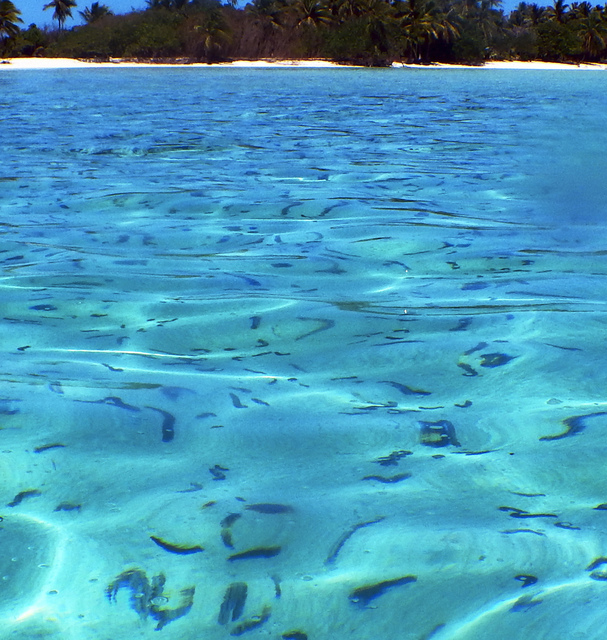Published in the Ocean Watch column, Honolulu Star-Advertiser © Susan Scott
December 21, 2015
Hawaii’s sea cucumbers made the news last spring when untold thousands were killed off Maui and Waimanalo.
It surprised me to read that collectors export the animals to Hong Kong for medicine. I didn’t know sea cucumbers were a drug. Apparently, though, drying the creatures’ bodies, pounding them into powder and compressing it into tablets is big business.
 Sea cucumbers are the housekeepers of the ocean floor,
Sea cucumbers are the housekeepers of the ocean floor,
playing a key role in the marine ecosystem.
©2015 Susan Scott
A brief Internet search produced a staggering number of maladies sea cucumber pills are supposed to help: whooping cough, bronchitis, urinary problems, some cancers, high cholesterol, high blood pressure, impotence, stomach ulcers, diabetes and senility. One site said sea cucumbers ease joint pain in pot-bellied pigs.
Only the pills Alice took work more magic.
Sea cucumbers are also popular as food chiefly in China, Singapore, Vietnam, North and South Korea, Malaysia and Japan. Cooks add chunks of sea cucumbers to soup, stir fry and other dishes.
The Japanese name for sea cucumbers is “namako.” In Hawaiian sea cucumbers are called loli. Ancient Hawaiians ate some species and also used the creatures in love potions.
“When loli is the offering,” goes the saying, “passionate is the love.” Markets sell sea cucumbers as “beche-de-mer.” I assumed this was originally a French dish because the words sound French. It isn’t. Beche-de-mer comes from the Portuguese “bicho do mar,” meaning sea worm. Another term for the animal as food is “trepang,” from the Malaysian “teripang.”
I’m fond of sea cucumbers, not in cuisine or as a cure-all, but because they’re the housekeepers of the ocean floor. With the help of tentacles surrounding a down-turned mouth, the sea cucumber sweeps back and forth, sucking in sand and mud to eat organic pieces fallen there. The creature expels the sifted sediment through its anus in pellets or strands.
Healthy sea cucumber populations continually vacuum tons of underwater sand and mud, playing an important role in the balance of the marine ecosystem.
Besides being crackerjack cleaners, you have to love an animal that breathes through its anus. Lacking gills, a sea cucumber slowly puffs up its body to take water in through the anus. After the creature’s respiratory tree extracts the water’s oxygen, the cucumber gradually deflates, exhaling water, again through the anus.
During last spring’s alarming sea cucumber haul, the state had no limit to how many people could collect. Now aquarium collectors can legally take 3,600 sea cucumbers per year, only from Oahu waters. Because no one has studied sustainability in Hawaii’s sea cucumbers, the number is a guess. Hopefully it will leave our Hoover population healthy.